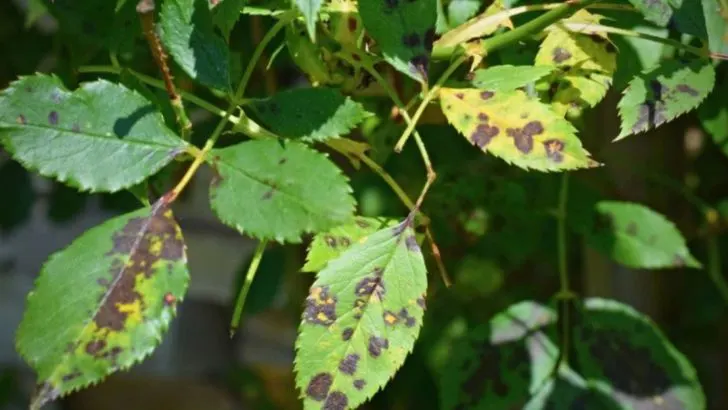A healthy garden should be lush, vibrant, and full of life, but sometimes hidden issues can threaten your plants without you even realizing it. From slow growth to discolored leaves, subtle warning signs may indicate pests, diseases, or soil problems that need immediate attention.
In this article, we reveal 17 signs your garden has a problem you’re not seeing. By learning to spot these early warning signals, you can take action before minor issues turn into major setbacks. If you want to keep your garden thriving and problem-free, these expert insights will help you catch and fix issues fast!
Yellowing Leaves
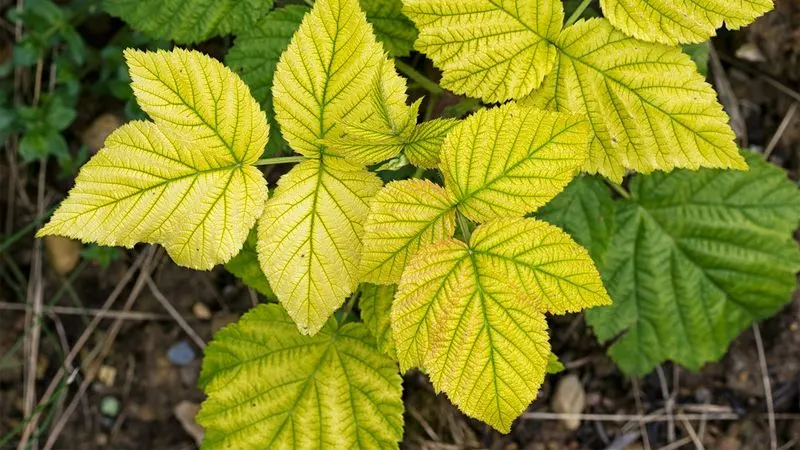
When leaves start turning yellow, it’s more than just an aesthetic issue. Often, it signals improper watering or nutrient deficiencies. Overwatering suffocates roots, while underwatering dehydrates them, both leading to yellow leaves. Alternatively, a lack of essential nutrients like nitrogen can cause this discoloration. To address it, first assess your watering schedule; it may need adjustment. Next, consider a soil test to identify missing nutrients. Once you know what’s lacking, use appropriate fertilizers to revitalize your plants. Paying attention to such details ensures your garden thrives, creating a vibrant and healthy environment.
Stunted Growth
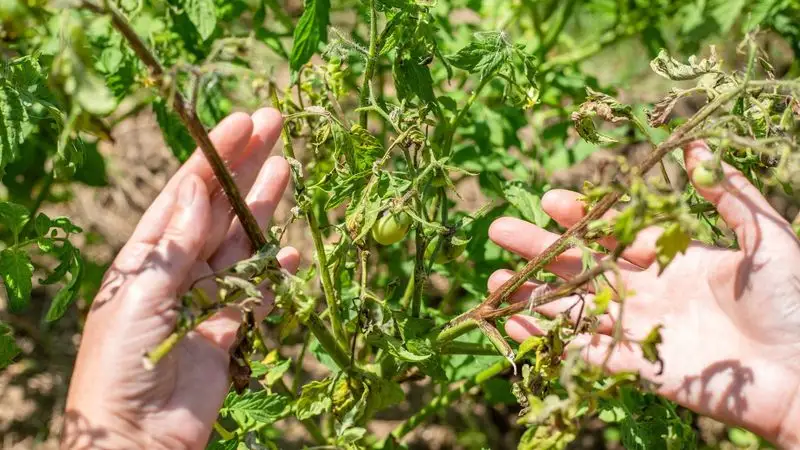
If your plants seem stuck in time, stunted growth may be the culprit. This issue can arise from compacted soil, which restricts root expansion and access to nutrients. Additionally, insufficient sunlight can hinder photosynthesis, slowing growth. To remedy this, ensure your plants receive adequate sunlight by relocating them if necessary. Aerate the soil to improve drainage and root movement. A balanced fertilizer may also give plants the nutrient boost they need. By addressing these factors, you can encourage healthy growth, transforming your garden into a flourishing haven.
Wilting Plants
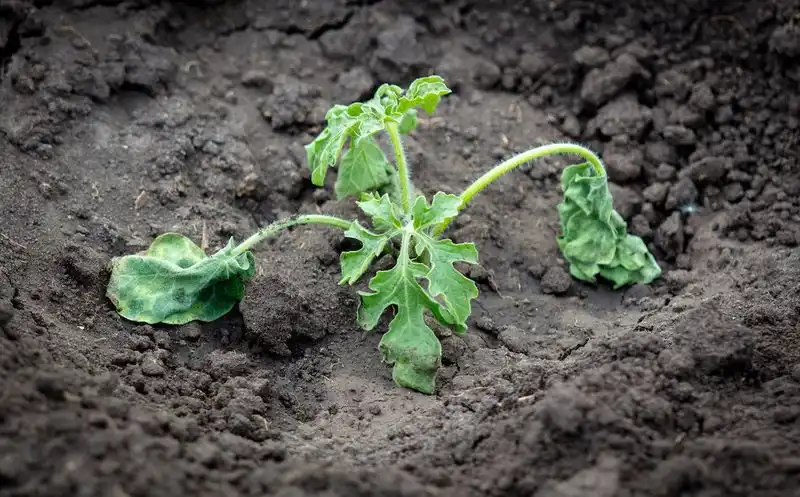
Wilting is a cry for help from your plants, often due to insufficient water. However, it can also signal root rot from overwatering or pest issues. First, check soil moisture levels; dry soil indicates a need for water. If the soil is damp, inspect roots for signs of rot. Adjust your watering habits accordingly, ensuring consistent but not excessive hydration. Additionally, inspect for pests that might be damaging roots or stems. By identifying and resolving the underlying cause, you can restore vitality to your garden, ensuring plants stand tall and strong.
Leaf Spots
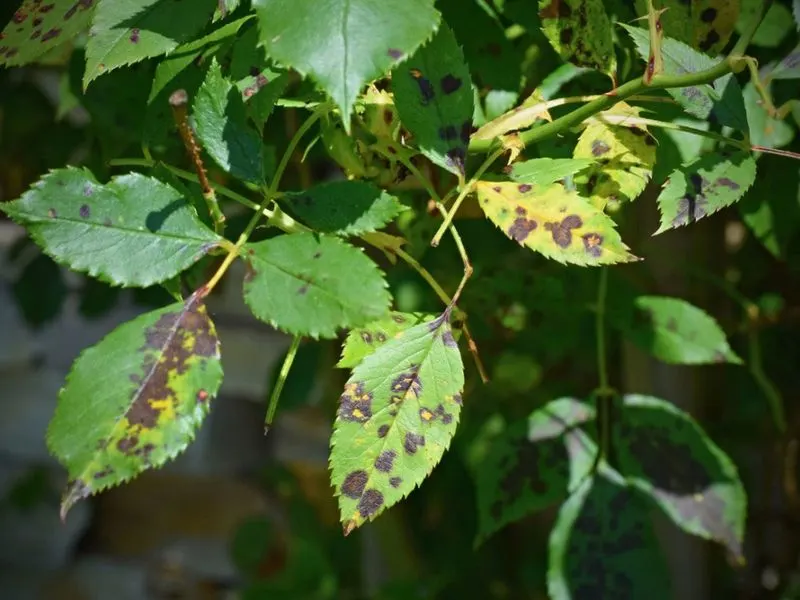
Spotting on leaves is more than a blemish; it often signals fungal or bacterial infections. These spots can spread, weakening plants over time. To combat this, first, remove affected leaves to prevent the spread of infection. Ensure proper spacing between plants for good air circulation, reducing fungal growth. Fungicide treatments may also be necessary for severe cases. Monitor your garden regularly for early signs of spotting, and act swiftly. Keeping your plants healthy and disease-free ensures a thriving garden, full of life and color.
Pest Infestation
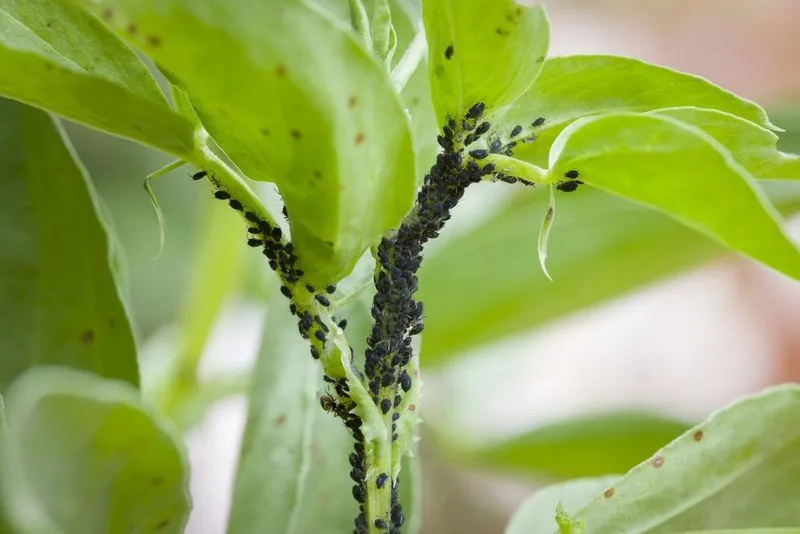
Pests are the uninvited guests that pose significant threats to your garden. Chewed leaves, holes, and distorted growth are telltale signs of their presence. Begin by identifying the type of pest, as different insects require specific solutions. Natural remedies such as neem oil or insecticidal soap can be effective for many pests. Encourage beneficial insects like ladybugs to inhabit your garden as natural predators. Consistent monitoring and early intervention are key. By keeping pests at bay, you’re protecting your plants and fostering a healthy growing environment.
Discolored Flowers
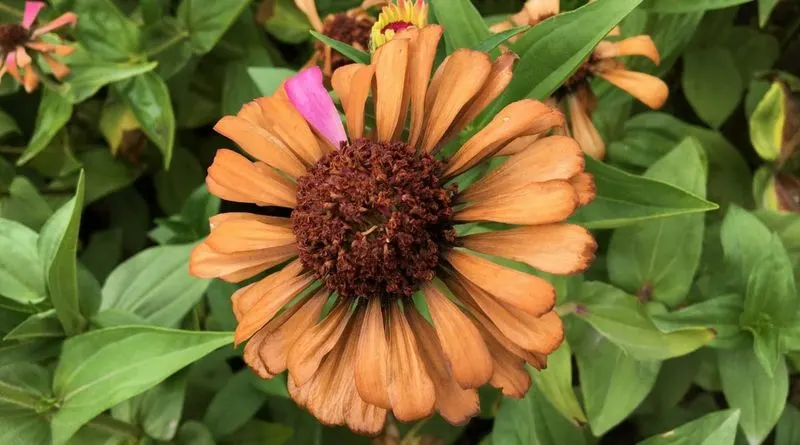
When your flowers lose their vibrant hue, it’s a sign of distress. Environmental factors like extreme heat or cold can cause discoloration, as can nutrient imbalances. Start by evaluating the conditions – adjusting sunlight exposure or providing shade might help. A soil test will reveal nutrient deficiencies; addressing these with appropriate fertilizers can restore vitality. Consider the plant’s specific needs, as different species require varying care. By nurturing your flowers with the right conditions and nutrients, you’ll rejuvenate their color, enhancing your garden’s beauty.
Mold and Mildew
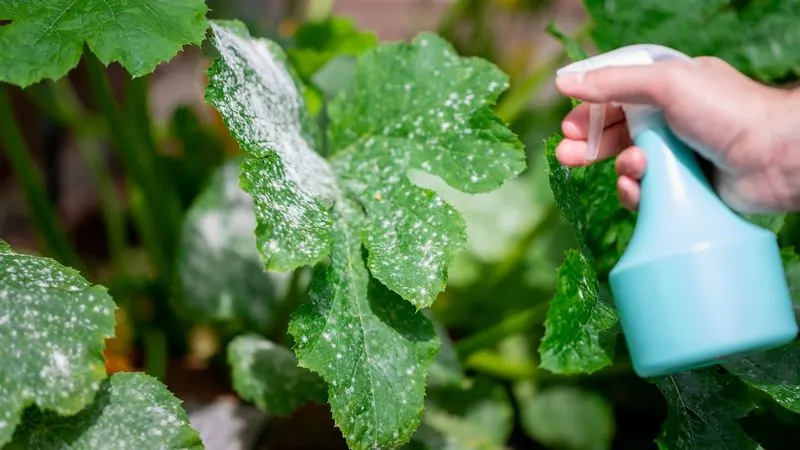
Mold and mildew thrive in moist, cool conditions, often appearing as white or gray powder on leaves. These fungi can stunt plant growth and deplete nutrients. Start by improving air circulation around plants and reducing overhead watering. Prune affected areas to prevent spread and use fungicides if necessary. Keeping plants dry and ensuring adequate sunlight can also discourage fungal growth. Regular inspections help catch early signs, allowing you to act promptly. Maintaining a healthy environment keeps mold and mildew at bay, promoting robust plant health.
Root Problems
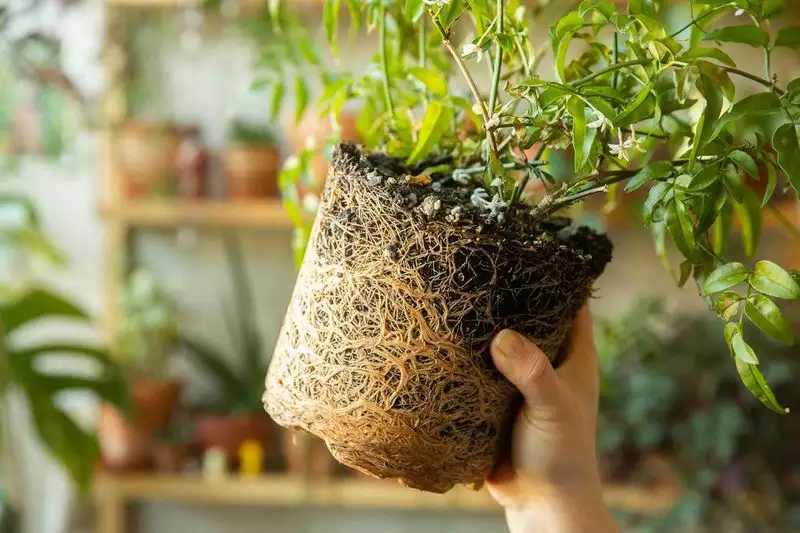
Roots are the lifeline of your plants, and any issues here can significantly impact growth. Root rot, often due to overwatering, is a common problem. Signs include wilting, yellowing leaves, and stunted growth. Gently check the roots; healthy ones are white and firm. If rot is present, reduce watering and improve soil drainage. Consider repotting plants with fresh, well-draining soil. Regularly inspect for pests that might target roots. By maintaining root health, you ensure your plants have a strong foundation, capable of supporting vibrant growth and development.
Unusual Plant Odors
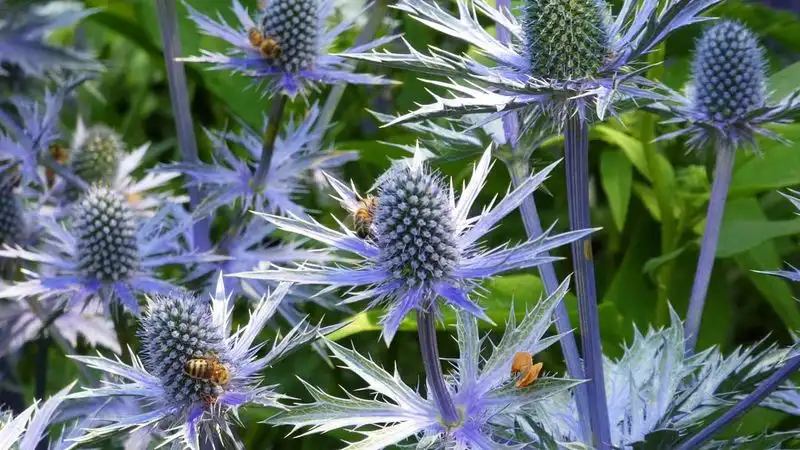
A strange smell in your garden can be a red flag. Foul odors may indicate root rot or bacterial infections. Investigate the source, examining plants for signs of disease or decay. Addressing the root cause is crucial; if it’s overwatering, adjust your habits and improve drainage. Removing decayed material and using appropriate treatments can halt the spread of infection. Sometimes, it might be a natural scent from certain plants, but ensure it’s not indicative of a problem. By keeping your garden’s aroma fresh and pleasant, you’re often safeguarding its health.
Brittle Leaves

Leaves that crumble at the slightest touch are often a cry for attention. This brittleness can stem from dehydration or exposure to strong winds. Begin by checking soil moisture; dry soil means your plants are thirsty. A consistent watering schedule can alleviate this. If wind exposure is the issue, consider installing windbreaks or relocating the plants. Mulching can also help retain soil moisture, protecting leaves from drying out. Regular care and attention to environmental factors ensure your plants remain supple and robust, contributing to a vibrant garden atmosphere.
Cracked Soil
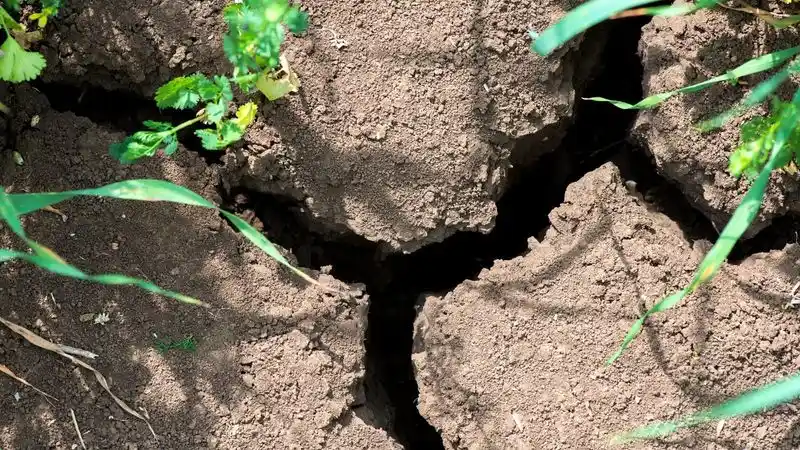
Cracked soil is an unmistakable sign of dehydration. It impedes root growth and reduces nutrient uptake, stressing your plants. Begin by breaking up the soil and incorporating organic matter or mulch. This improves moisture retention and soil structure. Regular watering is vital, especially during dry spells. Consider installing a drip irrigation system for consistent moisture levels. Monitoring soil health and maintaining a balanced ecosystem encourages robust plant growth. By addressing soil issues promptly, you’re setting the stage for a thriving garden environment.
Uneven Plant Color
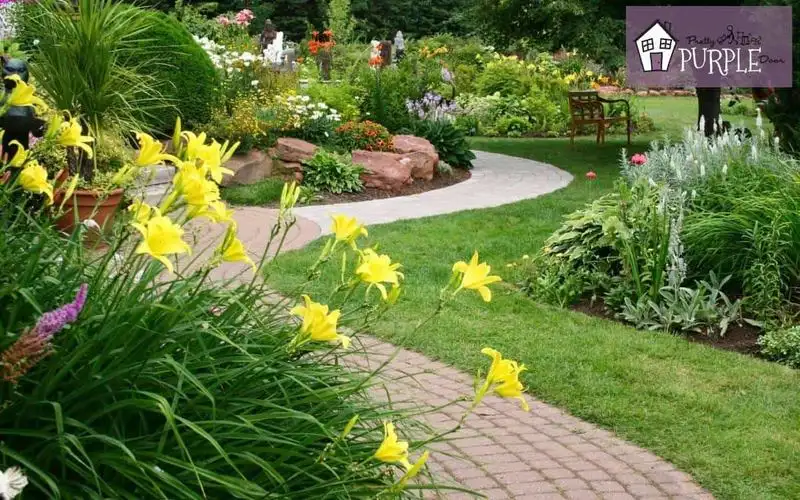
When plant colors vary across leaves, it often points to nutrient deficiencies or imbalances. A soil test can help determine the specific nutrients lacking. Once identified, tailor your fertilization strategy to supply the necessary elements. Ensure even sunlight exposure, as shaded areas might affect chlorophyll production. Rotating plants periodically can help with uniform light distribution. By attending to these details, you can restore even coloring, enhancing the visual appeal of your garden. This attention to plant health will rejuvenate your outdoor space.
Overgrown Weeds

Weeds are the silent competitors in your garden, stealing nutrients and sunlight from your plants. Regular weeding is essential to keep them in check. Mulching can suppress weed growth by blocking sunlight and conserving soil moisture. Hand-pulling or using gardening tools for removal ensures weeds don’t regrow. Be vigilant for signs of new growth, and tackle them promptly. By maintaining a weed-free garden, you’re allowing your plants to flourish unchallenged, receiving the full benefits of the environment you’ve cultivated.
Leggy Growth
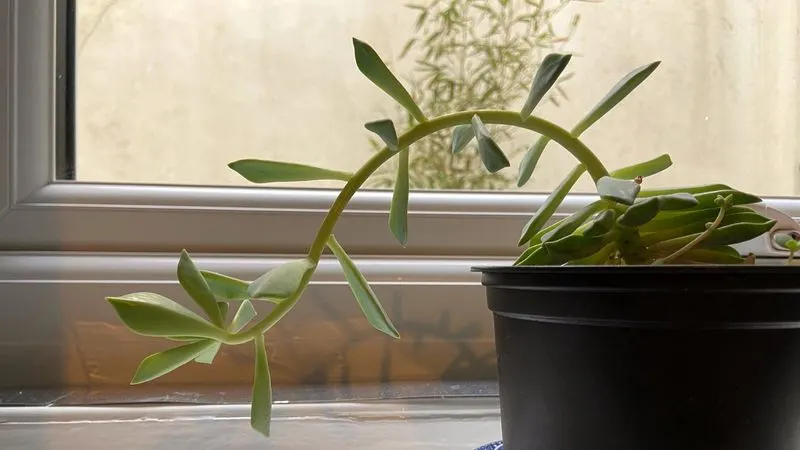
Leggy growth is a sign of insufficient light. Plants stretch toward light sources, resulting in elongated stems and sparse foliage. Assess your garden’s layout – relocate plants to sunnier spots if needed. Pruning can encourage bushier growth by concentrating energy on developing branches. Consider artificial lighting for indoor plants lacking natural light. Regularly rotating plants ensures even exposure. By optimizing light conditions, you promote compact, healthy growth, enhancing your garden’s overall appearance. This proactive approach maintains balance and vigor among your plants.
Burnt Leaf Edges
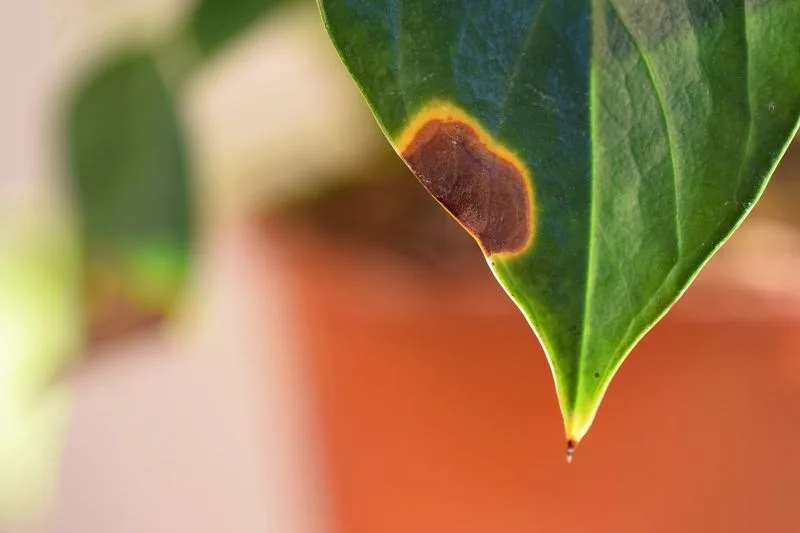
Crispy leaf edges suggest water stress or over-fertilization. Begin by reviewing your watering routine; deep, infrequent watering is often best. If fertilizer is the issue, reduce usage and flush the soil to remove excess salts. Consider the plant’s location – intense sunlight can exacerbate burning, so provide shade if needed. Regularly inspect leaves for signs of improvement or worsening. By fine-tuning care routines, you can prevent leaf damage, ensuring your plants remain vibrant and full of life. This attention to detail safeguards your garden’s wellbeing.
Dropping Buds
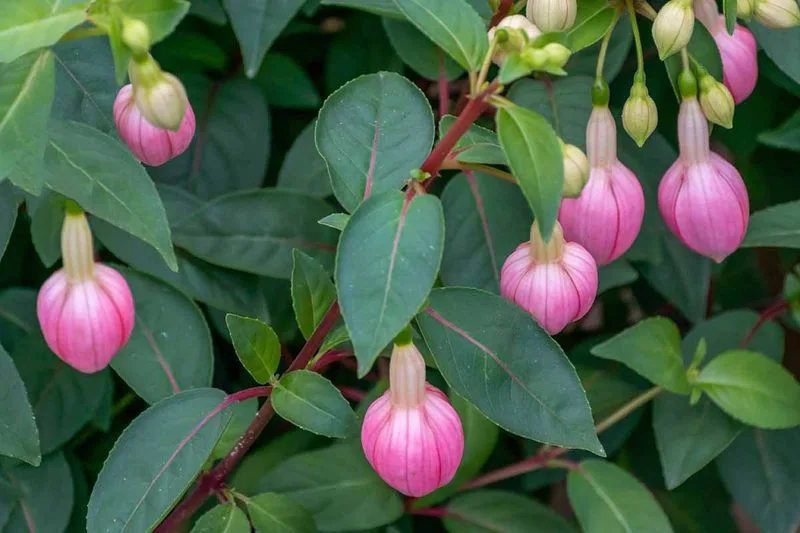
When buds drop prematurely, it could relate to stress factors like temperature fluctuations, pests, or insufficient pollination. Examine environmental conditions and adjust as necessary to maintain a stable climate. Pest control measures, including natural repellents, can deter unwelcome insects. Encouraging pollinators by planting attractive flowers can improve fertilization. Regular monitoring helps catch issues early, allowing timely interventions. By understanding and addressing these stressors, you ensure your plants can bloom fully, contributing to a rich and colorful garden display.
Seedling Damping-Off
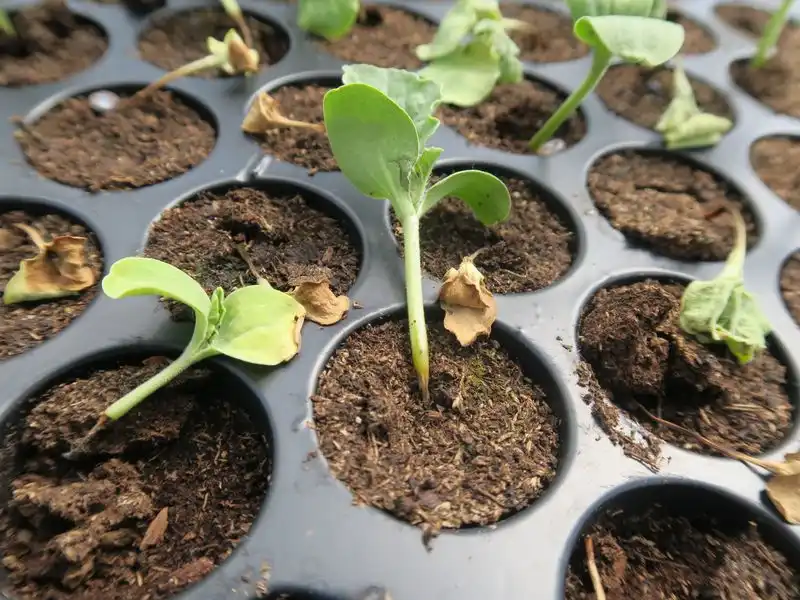
Damping-off is a seedling’s nightmare, often resulting from fungal infections in overly moist conditions. Symptoms include stem collapse and decay near the soil line. To combat this, ensure proper drainage and avoid overcrowding seedlings. Use sterilized soil mixes to minimize fungal presence. Water seedlings sparingly and consider using a fungicide as a preventive measure. By cultivating a supportive environment, you give your seedlings the best chance to grow strong and healthy. This vigilance ensures your garden’s future blossoms with life and vitality.

